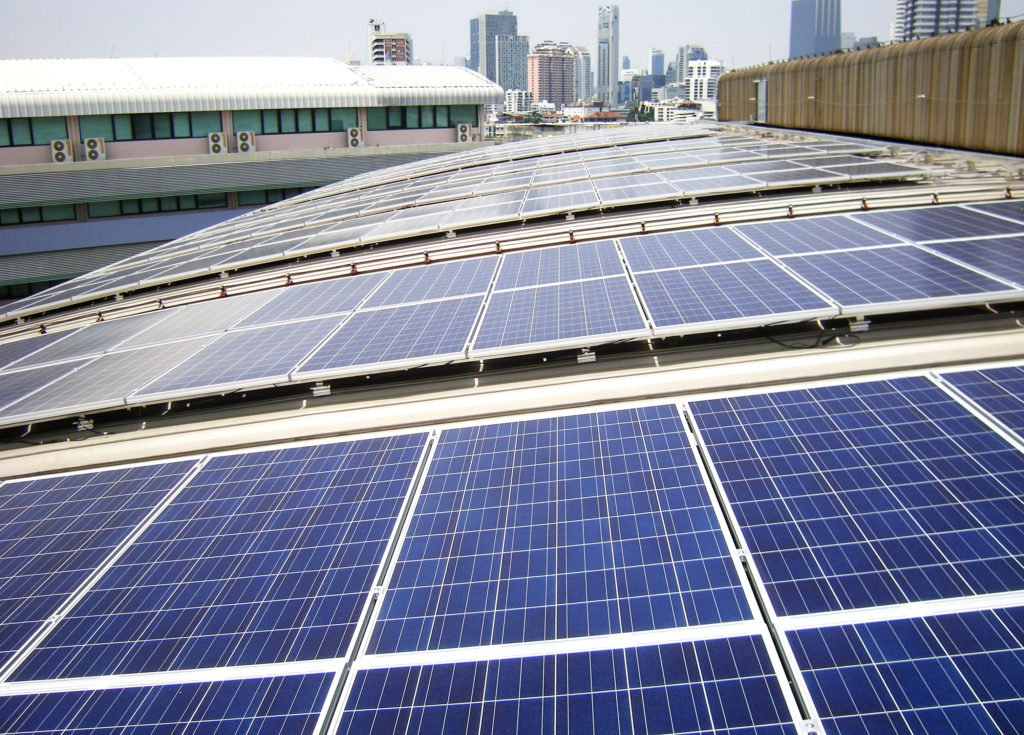
We have been advising clients since 2010 (following the introduction of the Feed-in Tariff) in respect of rooftop solar PV projects and more recently have advised a variety of lenders (including mainstream banks) who are providing finance for both the financing and re-financing of suitable rooftop solar PV portfolios.
In this article we will set out below the points that a developer should consider when wishing to finance or re-finance a rooftop solar PV portfolio with the assistance of a lender. We will also set out the rooftop solar PV model that will be most suitable for most rooftop solar PV portfolios, where the developer wishes to own the solar PV asset.
Legal Considerations:
There are a few main considerations which a developer needs to have in mind when considering whether a project is viable. Furthermore, if funding is required, then it is advisable that the developer consider the lender’s requirements from the outset. Failure to consider this will lead to unnecessary delays and increased legal costs in retrospectively ensuring the portfolio is fundable.
Drafting and negotiating project documents for rooftop solar installations is critical to ensure that all key issues are considered and adequately addressed, whilst ensuring that the document suite remains in line with market expectations and attractive to both lenders or future purchasers.
Project Documents:
- Planning – will permitted development rights apply? If not, has planning permission been sought? This will depend on size and location of solar PV installation.
- What will be the term of the lease? Note a sublease is typically one day less than the head lease.
- Lease/sublease demise is typically the airspace of the whole or part of the roof excluding roof structures. Consider access rights for both parties.
- Availability of renewable subsidies and certification. If subsidy is available, is the relevant paperwork all in order?
- Battery storage – does the Lease allow for bolt on battery storage applications now or in the future? Should battery storage be considered as part of the overall package to maximise revenue?
- Key EPC terms – e.g. guaranteed performance levels, liability caps, and obligation to remedy defects.
- Key O&M terms – e.g. scope (scheduled and unscheduled maintenance), fees, and performance standards.
Electricity Supply:
- What will be your PPA price for electricity per kWh e.g. fixed price, discount against delivered retail and how will this be calculated?
- Will PPA automatically terminate/expire with sub-lease? – consideration is needed here as to whether the building is occupied and who is paying the bill.
- Sturcturing of the energy supply arrangements to ensure they are within the available statutory exemptions for generation, supply and resale.
- Have you considered the metering arrangements required for generation, private supply and export?
- Does the installation require an export connection? The form of the export connection, connection cost and the necessary contractual documentation will differ depending on the size of the installation and its proximity to the grid.
Funding:
- Property Due Diligence – this should be undertaken on the site to include as a minimum a review of the title and replies to enquiries from the Owner to establish if there are any reasons why the solar PV installation cannot be put on the property.
- Project Due Diligence – do the project documents provide the borrower with adequate rights and protections and, therefore, does the portfolio provide adequate security for the lender?
- Are the project documents (for example the EPC and O&M contracts) in the name of the borrower, so that if the lender requires step-in rights these can be achieved?
- Are all project documents capable of assignment to a lender (for example the guarantees/warranties for the equipment) and in the name of the borrower?
Common Structure:
A structure that works from a lending point of view is a simple lease contract as per the two examples below:
1. The first example is a lease from Owner (being the freehold owner of the property, who will benefit from the use of the electricity generated by the solar array) to Developer (being the developer and owner of the solar array); or
2. Where the property is already leased by Owner to Tenant (being the ‘occupier’, who will benefit from the use of the electricity generated by the solar array), a sublease will be required as between Tenant and Developer.
In addition to the lease, a power purchase agreement ‘PPA’ will need to be put in place for the sale by the Developer (as generator) of electricity generated by the solar array to:
1. Owner in example number 1 above; or
2. Tenant in example number 2 above.
Any excess electricity that is not purchased will be exported to the local distribution network for purchase by a third party under an export PPA or, the Developer may (subject to having an export connection) elect to sell to its FIT Licensee and receive the FiT export tariff (if applicable).
In addition to the sub-lease and PPAs, the Developer will need to enter into contracts with a contractor in respect of each rooftop solar PV installation. The first will be an EPC Contract (a contract for the design, construction, commissioning and testing of the PV panels) and the second will be an O&M Contract (an ongoing operation and maintenance contract in respect of the PV panels). Manufacturer warranties will also be issued in respect of key components.
What are the benefits of rooftop solar?
- Even though the above details can be a cumbersome process to overcome, there are a number of benefits to rooftop solar which include:
- Long term investment return – even without any subsidies, the “pay-back” from solar can be sufficiently rewarding.
- Increasing the EPC rating of a commercial building.
- Diversification of energy supply which, in turn, contributes towards the sustainable procurement of green energy and a greater control of costs.
- A positive contribution towards corporate social responsibility.
